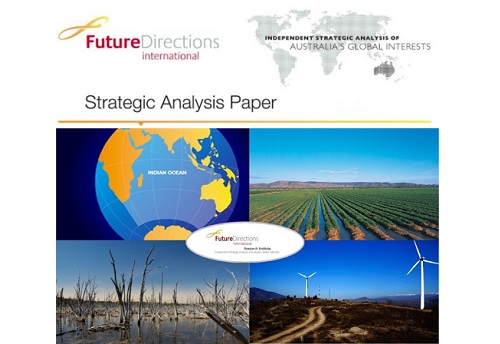Research
FDI Strategic Analysis Paper – Evolving US Strategic Interests in the Middle East: Saudi Arabia and Iran
The United States has had a close relationship with the Middle East region since the Second World War. Since it was perceived as the main agent of the Allied victory in that war, many Arab countries that had previously had strong affiliations with Great Britain instead associated their primary interests, including their security interests, with the US while continuing to have a strong association with Great Britain. The relationship worked well for a while and was mutually beneficial. Washington sought to maintain a stable environment in the region and developed strong relationships with individual countries, such as Saudi Arabia and Persia, as well as the smaller states.
Poor administration, authoritarianism and poor policy decisions on the part of several regional leaders, notably the Shah of Iran, Mohammed Reza Pahlavi, coupled with a perceived willingness on the part of the US to ignore that state of affairs and the suffering of the people, saw a change in the attitude of many people in the region towards the US. The Islamic Revolution in Iran in 1979 was a watershed in Washington’s relationship with the region as well as for the region itself. The US was forced out of Iran, apart from a number of Americans who were taken hostage at the US Embassy in Tehran, and declared to be a “Great Satan” by Iran’s Supreme Leader, the Ayatollah Khomeini. The Islamic Revolution also created a schism between Iran and other Shi’ite-majority countries in the region and the Sunni-majority ones, led by Saudi Arabia. Since that time, neither situation has been resolved.
Publisher's website.
SHARE:

About the Provider






